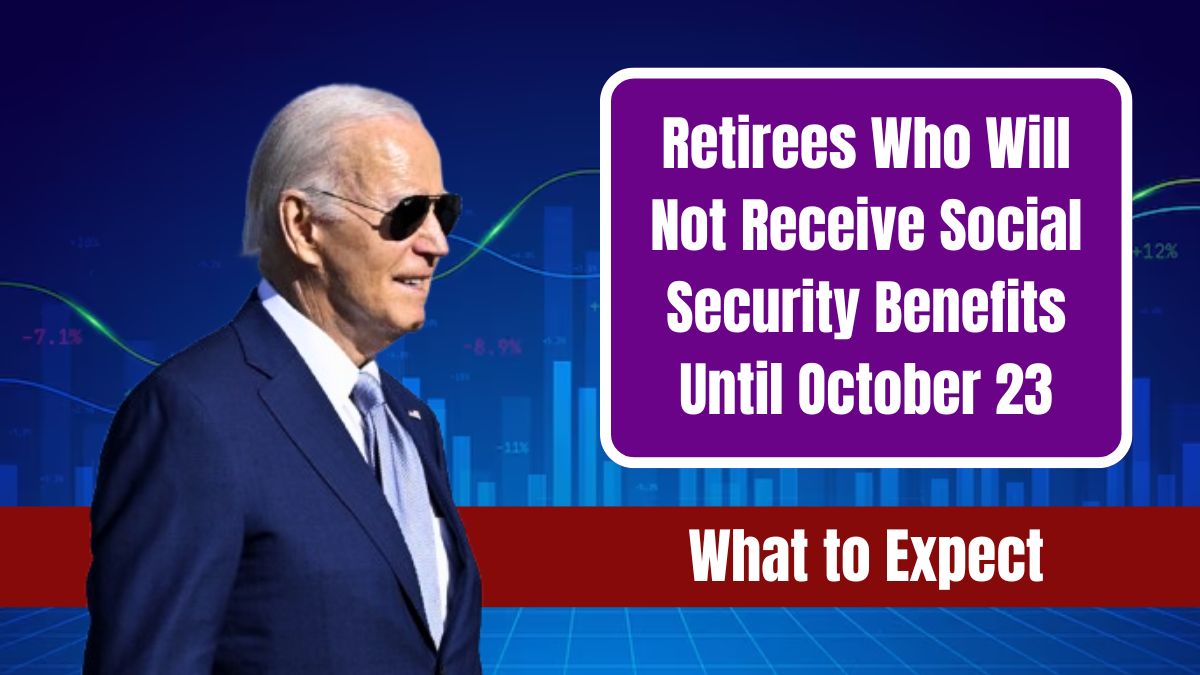If you’re a retiree receiving Social Security benefits, your payday can fall on one of four different dates each month, based on a combination of eligibility factors. Depending on these rules, you might get your payment early in the month or much later. Knowing when to expect your benefits is key to effective financial planning.
Let’s look at how the Social Security Administration (SSA) distributes payments and why some retirees have to wait until October 23 to get their money.
Payment Timing
The SSA’s payment schedule is divided into four separate dates each month:
- October 3: For those receiving benefits before May 1997 or receiving both Supplemental Security Income (SSI) and retirement benefits.
- October 9: For retirees born between the 1st and 10th of any month.
- October 16: For retirees born between the 11th and 20th.
- October 23: For retirees born between the 21st and 31st.
Each retiree receives one monthly payment based on their birth date, with the last group getting paid on October 23.
October 23 Recipients
If you’re set to receive your Social Security payment on October 23, it means your birthday falls between the 21st and the 31st of any month. Your payment will be processed on the fourth Wednesday of October, right on schedule, even if it feels a bit late. So, there’s no need to worry if others receive theirs earlier in the month—yours is coming soon!
Early Payments
Not all retirees qualify for the regular Wednesday payments. If you’ve been receiving benefits since before May 1997, your October check was sent out on October 3. Additionally, retirees on both SSI and Social Security do not qualify for the October 23 payment. They will receive their next Social Security check on November 1, a couple of days earlier than the standard November payday.
How Much Will You Get?
The amount of your Social Security payment depends on your filing age, work history, and earnings. Here’s a breakdown of typical benefit amounts:
- Maximum Benefit at Age 70: Up to $4,873 monthly.
- Maximum Benefit at Full Retirement Age (FRA): Up to $3,822 monthly.
- Maximum Benefit at Age 62: Up to $2,710 monthly.
The average monthly Social Security payment is about $1,920. However, those who started benefits early at age 62, worked a limited number of years, or had low wages may receive significantly less.
Low-Income Retirees
If you’re a low-income retiree and have limited financial resources, you might be eligible for SSI. SSI provides additional financial support to help meet basic needs. The average monthly SSI benefit is around $575, and these payments are issued separately from Social Security retirement benefits.
It’s worth noting that the next SSI payment is scheduled for November 1. If you apply for SSI in October, you might experience some delays before the first payment arrives.
Planning Your Finances
Knowing the payment schedule can help you stay on top of your finances and plan for the month ahead. If you have a birthday later in the month and know your check won’t arrive until October 23, it’s wise to budget your expenses accordingly.
Additionally, if you’re newly eligible for benefits or considering applying for SSI, reach out to the SSA directly or visit their website to get the most up-to-date information on your eligibility and estimated payment amounts.
FAQs
Why do some retirees get paid on October 23?
They have birthdays between the 21st and 31st.
Who qualifies for October 3 payments?
Retirees receiving benefits before May 1997 or those on SSI and Social Security.
How much can I get if I file at age 70?
You can receive up to $4,873 monthly.
When will the next SSI payment be made?
The next SSI payment will be on November 1.
What if I have both SSI and retirement benefits?
You won’t qualify for the regular Wednesday payments in October.











